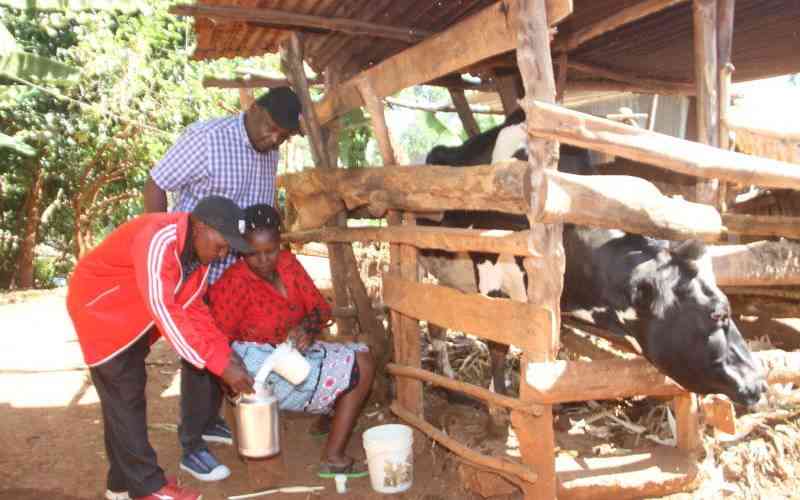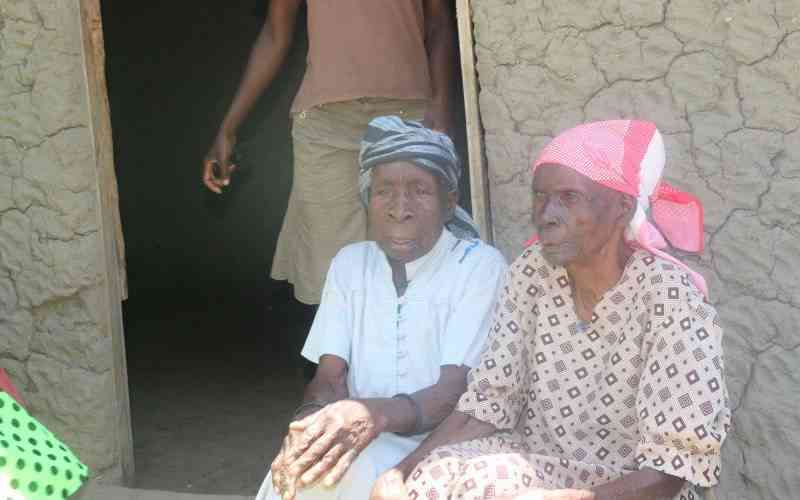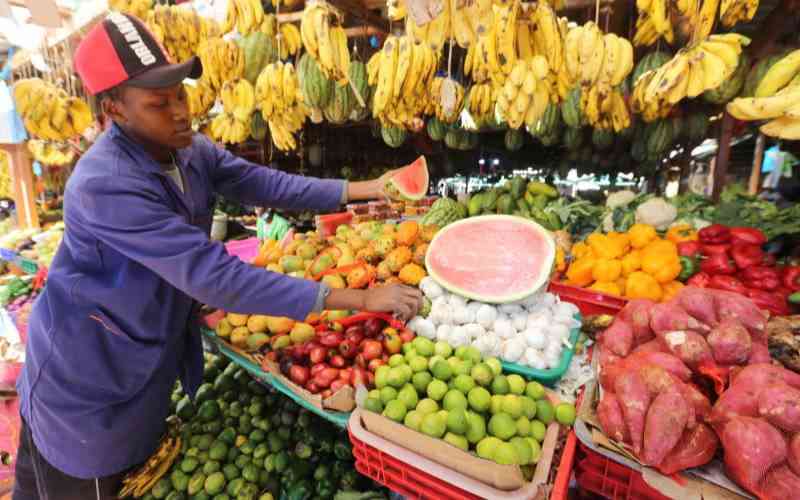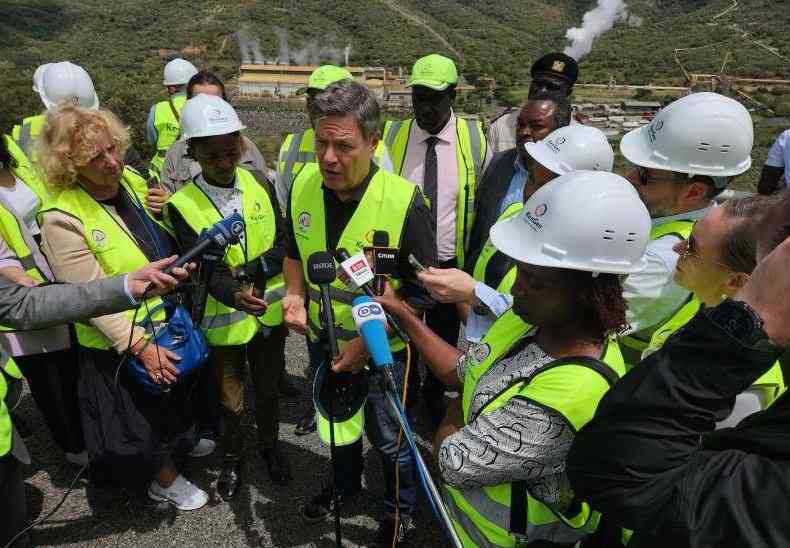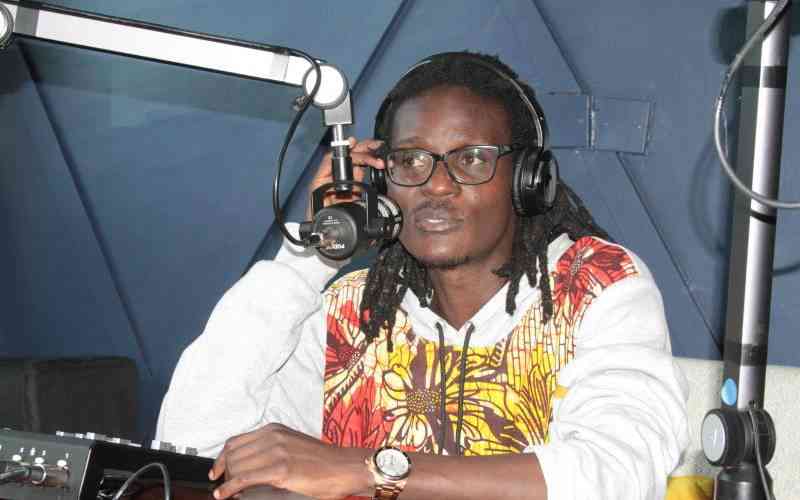
It is said that, in Africa, stories grow on trees. There could be a million interpretations for this aphorism, but for me it captures the centrality of stories in the African cosmos. It is well known that writing originated from Africa, and so did art. Or how could the cradle of mankind not claim the honour of being the first-ever home of stories, music and the artistic kit and caboodle that comes with life? That said, it is a settled matter of fact that, before the European powers converged on Berlin at the turn of the 19th century to carve out for themselves fiefdoms from the cake that - to them - was Africa, we were primarily an oral society. We passed stories down generations, every iteration tweaked here and there to capture the exigencies and realities of the moment. Among the Aembu of Kenya, among whom the umbilical cords of my ancestors were interred, we literally ran our world through stories, proverbs and songs.
For instance, when it came to harvesting beans, we would create a special patch on the ground, smear it with cowdung mixed with wood ash and wait for it to dry. Then we would gather the dry stalks heavy with bean pods and form a circle around heap after heap of harvest. Then, armed with sticks, we would go round singing, bringing up and down the sticks in a rhythm and synchronicity that invited the living, the living dead and the ancestors in a divine cocktail of work, gratitude and communal education. The songs could be about anything, but I particularly liked the humorous ones that satirised those who fell out of step with the norms, in much the same way the modern justice system is supposed to keep us on the straight and narrow.
There was that song about a poor lazy man who was ridiculed for eating cassava all year round yet butcheries were eternally open, and the one about a shifty hunter who lied to his friend and they gathered a lot of firewood even before they had caught any hare or dikdik, or that man who was so cowardly that he crossed the widest part of River Ena, a major tributary of Tana river, after a staccato of gunfire rang from the general direction of the nearby guard post during the emergency period.
There are many stories everywhere in Kenya; Luanda Magere and Nyamgondho among the Luo, Wangu wa Makeri among the Kikuyu, Maasinta among the Maasai, the legend of Tabsabei among the Kalenjin, Nakhamuna the squirrel among the Luhya, Mepoho the Giriama magic woman, the legend of Fumo Liyongo among the Swahili of the Coast of East Africa, among others. These are well documented in the works of Wanjiku Kabira, Ciarunji Chesaina, Naomi Kipury, John S Mbiti, S. Akivaga, Bole Asenath Odanga, and many others.
And while some of these oral artforms were so powerful that they have survived to this day, our oral tradition has changed tremendously, most notedly with the advancement of technology. In the same way the emergence of radio led to the recording and mass distribution of songs, social media streets are now the new home of our oral art. In this category are the comical videos of Njugush, Crazy Kenar, Baite and my all-time favourite MC Exodus
I do not know whether our literature departments have started teaching mchongoano, podcasts, stand-up comedy and other modern artforms. Truth be told, when we were growing up and going through school, there was a general (mis-)conception of oral literature as something to do with old people living in grass-thatched huts alongside chickens and goats.
In some quarters, it all evoked mental images of old people dressed in dusty blankets, nostrils browned with a smattering of tobacco, and barefoot boys and girls huddled around a fireplace in a compound and listening to endless torrents of tales about the cunning of the hare, the greed of the hyena, the wisdom of King Lion and other such oral narratives.
Tales of old
This characterisation of oral literature as a repertoire of the tales of old reminded us of nguutha drummers from Chuka, their heads adorned with colobus-monkey headgear, chanting obscenities and leaping into the sky to the rhythm of an ethereal dance. Perhaps it is this conflation of oral literature with pre-colonial rural African provincialism that has seen us take interminably long to accept podcasts and the proliferation of short videos on social media streets as part of our (modern) oral art.
Another common argument against recognition of these postmodern artforms as oral art has to do with the fact you only get one witty or creatively done skit out of a whole mountain of trash.
Mercifully, we get to see mainly what others have liked on Tiktok or Istagram, otherwise we would be daily be inundated with a lot of garbage interspersed with only a few gems. But this fact also goes for written literature, where many are called but only a few are chosen, so to speak.
In fact, with the emergence of ChatGPT, Deepseek and other text-generation AI models, a lot more garbage is being churned out that is not only invariably jarring to our literary palates but also highlight the importance of involving professionals in self-publishing, but I digress.
So, is it time someone wrote a world-beating dissertation on the use of humour in Kenyans’ tiktok skits or deployed some theory or other to unpack mchongoano? Over to the literary dons.
